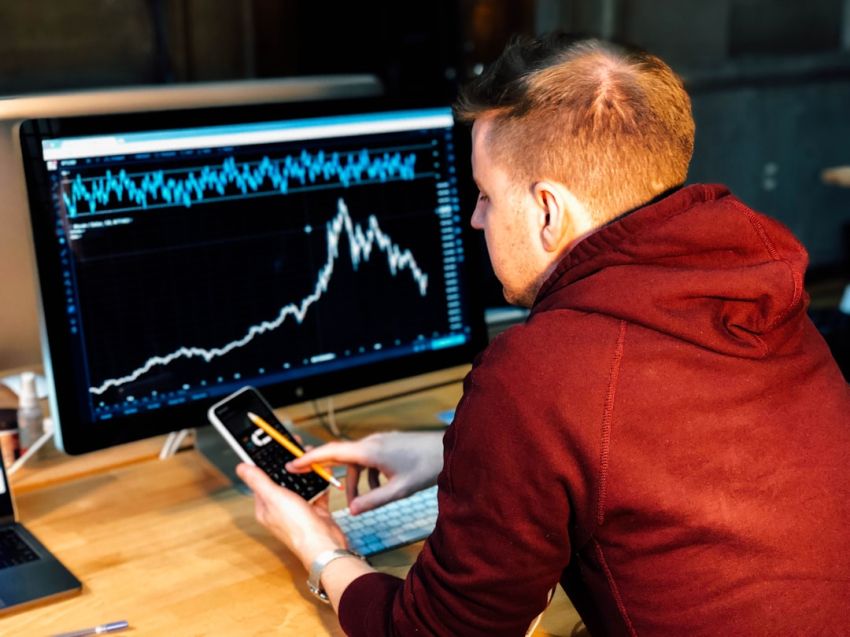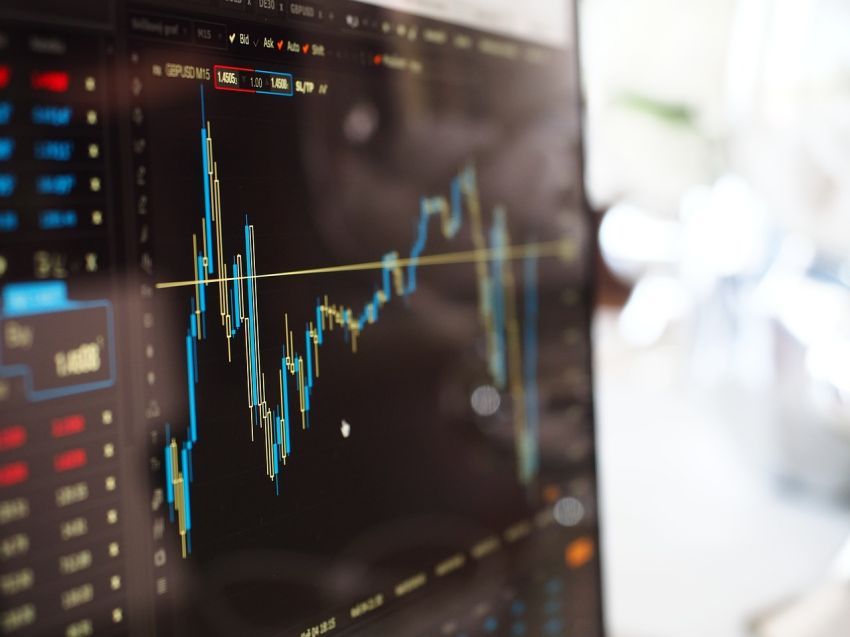Stock Market Crashes: Unraveling the Main Culprits
The stock market, a dynamic and intricate system, is susceptible to sudden and severe downturns known as stock market crashes. These events, characterized by rapid and significant declines in stock prices, can have far-reaching consequences on economies and individual investors alike. Understanding the main causes behind stock market crashes is essential for investors, policymakers, and financial analysts to navigate the complexities of the market effectively.
Market Speculation and Manias
One of the primary drivers behind stock market crashes is excessive market speculation and manias. During periods of irrational exuberance, investors may become overly optimistic about the future performance of certain stocks or sectors, leading to inflated stock prices that are not supported by underlying fundamentals. This speculative behavior can create a bubble in the market, where prices detach from their intrinsic value.
The dot-com bubble of the late 1990s and the housing bubble of the mid-2000s are prime examples of how market speculation can fuel unsustainable asset prices, ultimately leading to market crashes. In both cases, investors chased unrealistic returns based on the belief that prices would continue to rise indefinitely, only for the bubbles to burst, resulting in significant market downturns.
Leverage and Margin Trading
Another contributing factor to stock market crashes is the use of leverage and margin trading. Leverage allows investors to control larger positions with a smaller amount of capital, amplifying both gains and losses. While leverage can magnify profits in a rising market, it also increases the risk of significant losses during downturns.
Margin trading, where investors borrow funds to buy securities, further exacerbates the impact of market declines. When stock prices fall, investors who have used leverage and margin may face margin calls, requiring them to either deposit additional funds or sell off assets to cover their losses. This selling pressure can trigger a cascade of selling in the market, driving prices down even further.
External Shocks and Geopolitical Events
Stock market crashes can also be triggered by external shocks and geopolitical events that disrupt the normal functioning of the market. Events such as natural disasters, terrorist attacks, political instability, or economic crises can create uncertainty and volatility in the market, leading investors to panic and sell off their holdings.
For example, the 2008 financial crisis, sparked by the collapse of the housing market and the subsequent failure of major financial institutions, sent shockwaves through global markets, resulting in a widespread stock market crash. Similarly, geopolitical tensions, such as trade wars or military conflicts, can spook investors and trigger sell-offs, destabilizing the market.
Overvaluation and Economic Fundamentals
Stock market crashes can also be driven by overvaluation of assets relative to their underlying economic fundamentals. When stock prices become disconnected from the earnings and growth prospects of companies, a correction may be inevitable to realign prices with reality.
During periods of exuberance, investors may bid up stock prices to unsustainable levels, ignoring warning signs of overvaluation. When economic conditions deteriorate, such as a slowdown in growth, rising interest rates, or declining corporate profits, investors may reassess the true value of assets, leading to a market correction or crash.
In conclusion, stock market crashes are complex phenomena that can result from a combination of factors, including market speculation, leverage, external shocks, and overvaluation. By understanding these main causes of stock market crashes, investors can better prepare for potential downturns and make informed decisions to protect their portfolios. Vigilance, risk management, and a thorough understanding of market dynamics are essential for navigating the volatile waters of the stock market.










